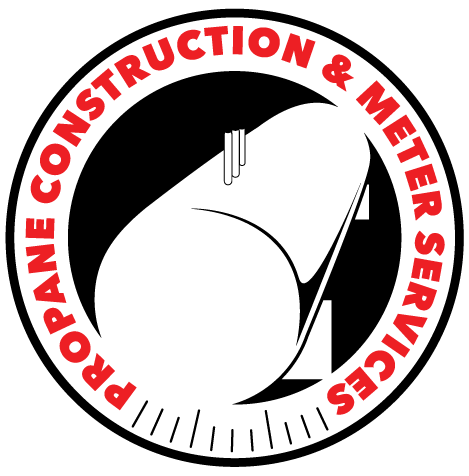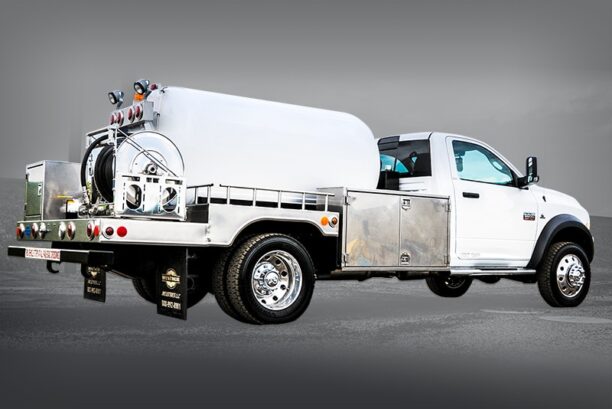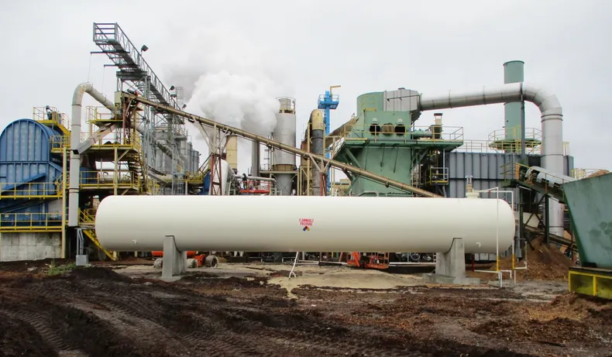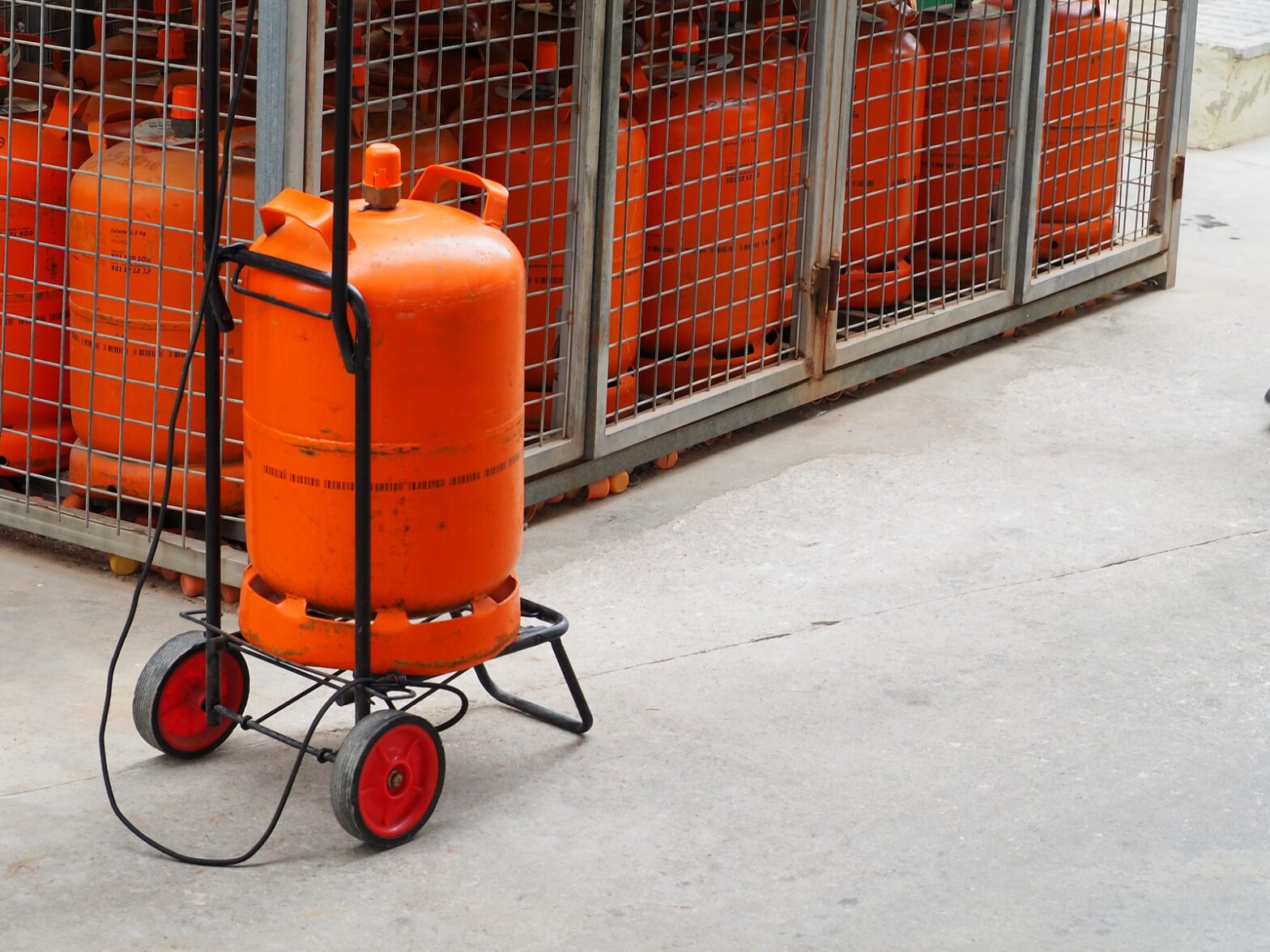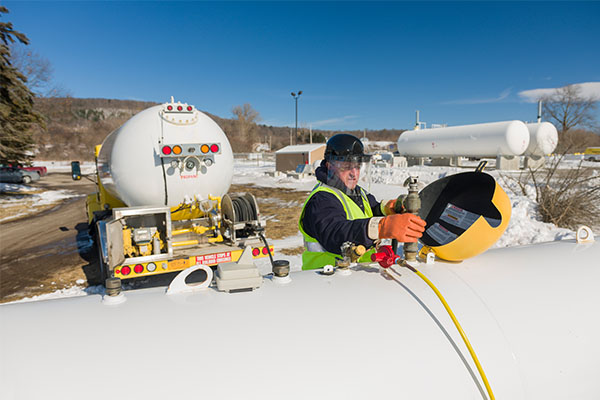Propane Power: A Reliable and Eco-Friendly Solution for Critical Facilities

In recent years, building owners and facility managers have faced growing challenges in ensuring reliable power, especially in critical facilities such as hospitals, nursing homes, prisons, and emergency response buildings.
Propane emerges as a key player in powering essential systems and standby generators, offering enhanced efficiency while reducing a building’s carbon footprint. Propane generators prove particularly well-suited for supplying backup power to a building’s electrical loads when the grid’s power supply is interrupted. Here are compelling reasons why building owners and managers should consider propane an integral part of their clean energy strategy:
1. Reliability: The United States Department of Energy (DOE) reports a continuing occurrence of significant, sustained power outages, with over 8.6 million people experiencing power interruptions in 2021 alone. Facility managers require a dependable backup power source to maintain operations during these unexpected outages. Regarding standby generators, the two primary energy sources in consideration are diesel and propane. Both are stored on-site to power generators when needed. However, unlike diesel, propane doesn’t degrade over time. This constant readiness makes propane generators a more reliable backup power solution.
2. Improving Air Quality: A study by the Propane Education & Research Council (PERC) entitled “Power Generation: The Emissions Shifting Problem” examined recent trends in power generation. The generator sales and usage increase, particularly in storm-prone coastal areas, tornado-prone regions, and earthquake-prone California, has primarily involved diesel-powered generators. This trend poses emissions and air quality challenges. PERC’s data reveals that propane significantly enhances local air quality by reducing nitrogen oxides and particulate matter, both recognized health hazards, compared to diesel. Propane systems also emit substantially fewer nitrogen oxides (NOx) and criteria pollutants than their diesel counterparts.
3. Renewable Option: Propane power generation solutions are already reducing emissions compared to diesel. However, the emergence of renewable propane promises even cleaner energy solutions. As states and municipalities adopt more stringent emissions standards, the value of clean propane becomes increasingly critical. For instance, the propane industry in California has committed to achieving 100 percent renewable sourcing by 2030. PERC’s analysis indicates that renewable propane can lead to a 50 to 70 percent reduction in lifecycle carbon dioxide (CO2) emissions compared to conventional diesel, facilitating deep decarbonization. Traditional and renewable propane blends provide an additional practical pathway for accelerating decarbonization. Notably, renewable propane shares the same chemical structure and physical properties as conventional propane, making it suitable for all applications without requiring modifications to engines or equipment.
Propane is a smart, dependable choice for building owners and managers seeking reliable, efficient, and sustainable backup power solutions, ensuring uninterrupted operations in critical facilities.






